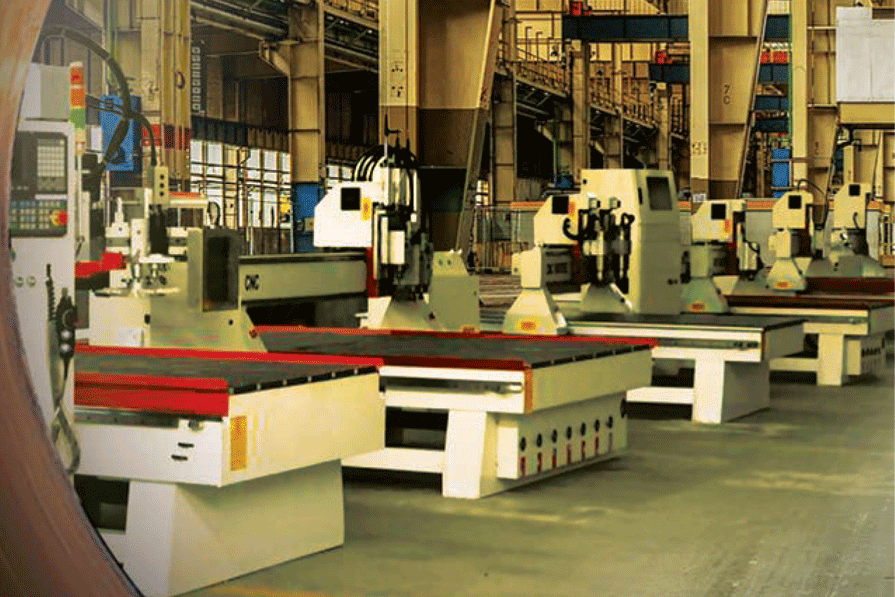Time to move to high speed
February 9, 2019 12:46 pm
Industry leaders throw light on various benefits of HSM in industrial applications.
High-speed machining (HSM) is one of the modern technologies, which in comparison with conventional cutting enables to increase efficiency, accuracy and quality of the product and at the same time to decrease costs and machining time.
HSM: An effective way of metal cutting
High-speed machining (HSM) is one of the most popular topics in CNC machining methodology. Simply defined, HSM is a methodology to improve machining throughput by using higher-than-normal spindle speeds coupled with extraordinarily high feed rates without compromising the quality of the finished part.
However, in practice, HSM is not a straightforward methodology to implement. In addition to the higher spindle speeds, numerous other factors such as feed, chip loading, width and depth of cut, cutter path, tooling, machine construction, CNC-machine controls and CAM software all impact the HSM process.
Most conventional CNC machines are equipped with a spindle with lower rpm limits (under 12,000 rpm), so the term “high performance machining” is adopted (HPM). Applying HPM methodology requires the manufacturing engineer to possess in-depth knowledge of the limits of the CNC machine and how to work around them. An initial investment into discovering the limits of any CNC machine is critical to applying HSM techniques to non-specialised CNC machines to obtain high performance machining. Gautam K Ahuja, Managing Director, Dormer Tools India Pvt. Ltd says, “High-end machines can run at higher parameters with more consistency. Our tools are already equipped to run with more consistency, better accuracy, and give maximum tool life possible.”
Role of CNC in the application of HSM methodologies
The use of HSM allows us to shorten the production time and to increase the accuracy of machined parts. HSM is being mainly used in three industry sectors due to their specific requirements.
HSM is used in industries, which deal with machining aluminium to produce automotive components, small computer parts or medical devices, because it needs fast metal removal, as the technological process involves many machining operations.
Another sector is the aircraft industry, which involves machining of long aluminium parts, often with thin walls. The third industry sector is the die and mould industry, which requires dealing with finishing of hard materials. In this sector it is important to machine with high speed and to keep high accuracy.
According to Dr Masahiko Mori, President CEO, DMG Mori Co Ltd, “We can achieve high-speed machining using high-end CNC machines. Today, machines with over 50,000 rpm are considered as high-speed.”
He underscores that in this advanced age, high-speed is must. But, many industries are sticking to very low speed machining, which results in low productivity. Mori warns that those using machines below 20,000 rpm would eventually run out of business in the coming years and suggests they must change.
Even though high speed spindle options for conventional machining centres have been available for some time, it is only recently that machine tool designers and engineers have been developing the machines for HSM.
“Some people think machine shops are an old fashioned business. But, it’s not. This is one of the most advanced businesses existing in the world,” Mori concludes.
High-end machines can run at higher parameters with more consistency
Gautam K Ahuja, Managing Director, Dormer Tools India Pvt.Ltd
We can achieve high-speed machining using high-end CNC machines
Dr Masahiko Mori, President CEO, DMG Mori Co Ltd.
Cookie Consent
We use cookies to personalize your experience. By continuing to visit this website you agree to our Terms & Conditions, Privacy Policy and Cookie Policy.

















 English
English Hindi
Hindi